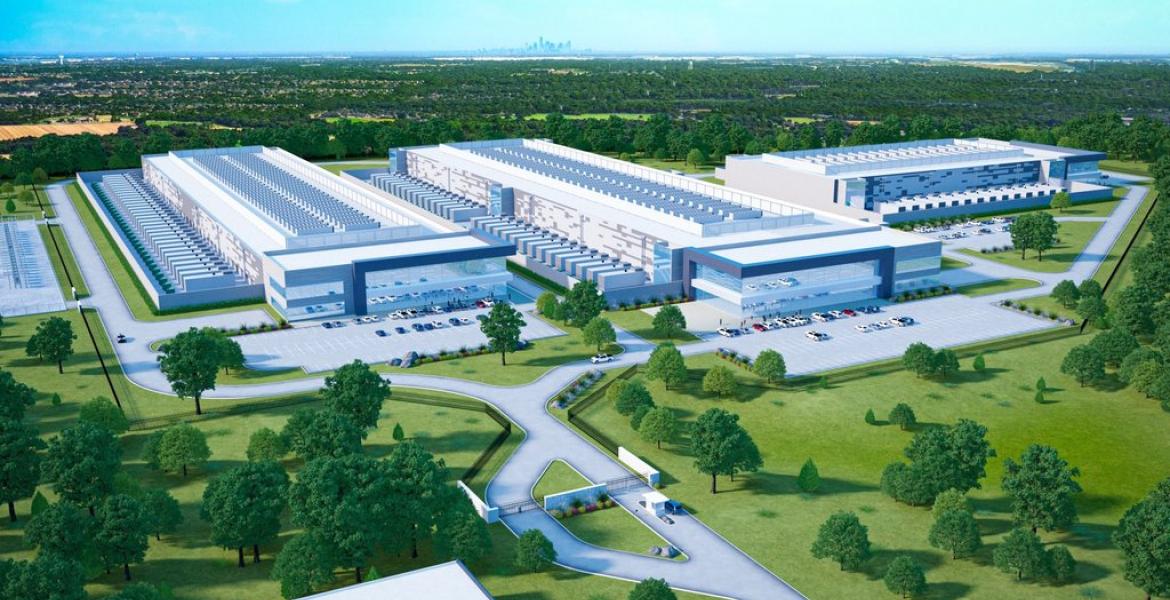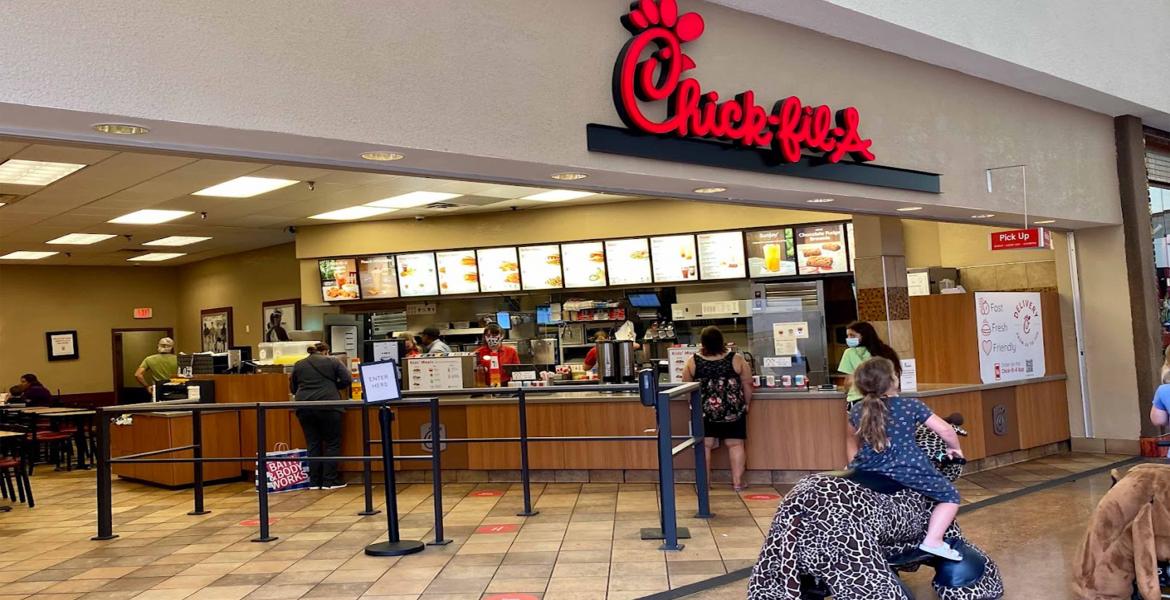The first 25 miles of the newly designated Interstate 14, or I-14, will be inaugurated near Fort Hood in the coming months. The new interstate will roughly trace the route of US 190. However, legislation has been introduced to turn I-14 north at Brady to connect San Angelo and Midland to the new highway.
Development of Interstate 14 across Texas will take decades, while momentum for improvement projects in the corridor is building and has support from the Texas Department of Transportation (TxDOT).
Representatives of two dozen communities that make up the Gulf Coast Strategic Highway Coalition gathered in Austin this week to hear about current and future highway transportation needs including the fact that improved highways add military value to bases in Texas and Louisiana.
The current proposed route of I-14:
The first 25-mile segment of US 190 is now part of the Interstate Highway System. It runs from Interstate 35 in Belton to Copperas Cove and provides direct access to the main gate at Fort Hood in Killeen. A celebration is being planned in the coming months to unveil the first I-14 signs.
For more than a decade the Gulf Coast Strategic Highway Coalition has been advocating for improved highway connections between U.S. Army facilities at Fort Hood, Fort Bliss and Fort Polk and the strategic military deployment ports at Beaumont and Corpus Christi. Such improvements increase the military value of those installations as they perform their assigned mission.
“Since the Interstate Highway System was designated initially as a defense highway system, it only makes sense that with a military installation like Fort Hood we would want to make sure that it is tied and connected directly to our interstate system,” TxDOT Deputy Executive Director Marc Williams told the group during the Coalition’s annual meeting.
In 2015 the Congress created the Central Texas Corridor generally along the US 190 route and designated it as future I-14. The Coalition and members of Congress are currently supporting additional legislation to adjust the corridor in West Texas so that it will serve San Angelo and Midland-Odessa.
Williams noted that it took only a year to go from congressional action to final decision on the first segment of I-14. He warned that it is going to take a long time and concerted effort to continue the progress. “The important thing is that you all have some momentum, you are organized, you are promoting the importance of that corridor, and TxDOT wants to do our part as well. We are working within our Transportation Planning and Programming Division to understand and begin to look at the feasibility of incremental improvements to that corridor,” Williams said.
He noted that the Texas Transportation Commission includes members who are strong supporters of highway projects that provide connectivity between regions and centers of commerce and production. He said Commission Chairman Tryon Lewis of Odessa certainly appreciates the significance of making investments to ensure that all of Texas is connected to key transportation corridors.
Subscribe to the LIVE! Daily
Required






Post a comment to this article here: